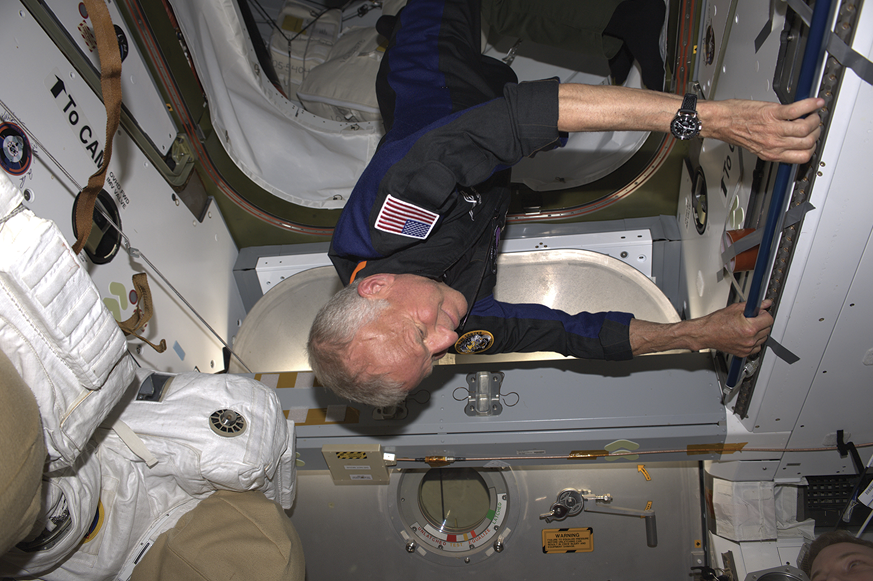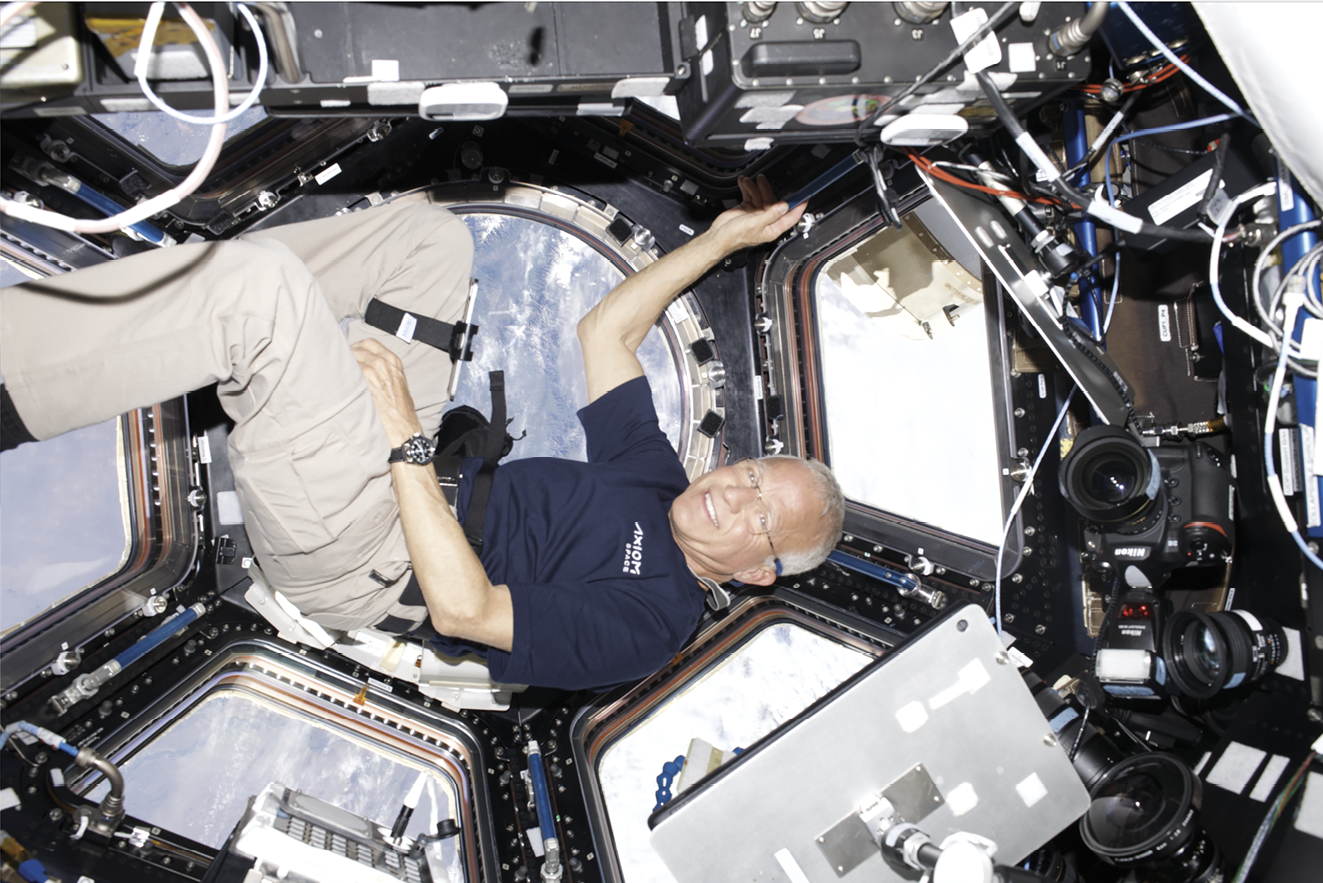- Home
- Media Kit
- MediaJet
- Current Issue
- Past Issues
- Ad Specs-Submission
- Ad Print Settings
- Reprints (PDF)
- Photo Specifications (PDF)
- Contact Us
- PRIVACY POLICY
- TERMS OF USE
![]()
ONLINE
![]()
ONLINE

Space Exploration
Editors’ Note
In May 2023, business pioneer John Shoffner fulfilled his lifelong dream of going to space. At eight-years-old, he formed a young astronauts club with his friends in Middlesboro, Kentucky. He ignored the voice in his head that begged to be an astronaut, as space flight didn’t make for a widely accepted career at the time, and instead took a more conventional route. Shoffner’s professional endeavors led him to the forefront of the fiber optic telecommunications industry at its earliest stages. He formed Dura-Line Corporation, developing and patenting multiple processes for materials and methods for the placement of fiber optic cable during the 1980s. He built the foundation for Dura-Line from scratch, turning a small family startup into a business that ultimately sold for hundreds of millions of dollars. Dura-Line remains a world market leader today as a result of his assertive, but humble, leadership. Outside of business, Shoffner’s zest for adventure led him to become a pilot. He is a veteran of airshows for more than 25 years and holds commercial, instrument, single-engine, and multi-engine ratings in both land and sea aircraft, helicopters, as well as ratings in ex-military jets and high-performance radial engine aircraft. Most recently, Shoffner and his wife, Janine, created their own motorsports team, J2-Racing, where he quickly became a champion GT racer. Despite the thrill of racing and piloting airplanes, Shoffner’s wild ambition to become an astronaut never escaped him. As the years went by, his childhood ambition of making it to space became more and more prevalent. His wife showed him an article about Axiom Space whose mission is to build the world’s first commercial space station, and it didn’t take long for him to become an investor in Axiom, and later an astronaut. Shoffner served as backup crew for Axiom’s Ax-1 mission, but just going to space wasn’t enough. He went beyond the call of duty for a private astronaut, receiving NASA certifications and spending additional time and resources to train at Johnson Space Center. His ambition for going to space is bigger than being a joyride for the privileged, and he is building a curriculum for middle school STEAM education that will include dynamic demonstrations aboard the ISS with his Commander and one of America’s most accomplished astronauts, Dr. Peggy Whitson. Along with the curriculum that will reach classrooms in the fall, Shoffner will be personally investing in select schools and educators to fund STEAM certifications. Additionally, Shoffner launched an art and poetry contest asking students, “What would it look like if we lived in space?” The contest has inspired over 930 entries from over 24 countries around the world, and he will announce the winners live from the ISS.

John Shoffner enters the hatch to the International Space Station
from the SpaceX Dragon capsule
Will you discuss your career journey?
My business career developed accidentally at the dawn of the fiber optic industry. The result was a global business that participated in the early deployment of many of the world’s fiber optic networks. As the company matured, I found it was time to move on to what my world was truly about, finding the exciting limits of human performance and, finally, spaceflight itself.
When did your passion for space develop?
I fell in love with space when I was eight years old at the beginning of the space race. The passion for spaceflight and space exploration followed me throughout my entire life, eventually resulting in my flight to the ISS.
You and your wife, Janine, created your own motorsports team, J2-Racing. What led you to this opportunity?
The passion to find my personal limits for performance eventually lead us to motorsports. My wife told me I had never owned a cool car, which was true – cars were just transportation to me. So, I bought a Ford GT and that led us to a fun track day and that led us to the racetrack and eventually to Germany for real motorsports competition at the Nurburgring.
Where did your interest in philanthropy develop and how do you decide where to focus your efforts?
As a 10-year-old loving space and science, there was little push from our school system to follow that interest. I believe there are many 10-year-olds today in schools that need support and encouragement to follow the inner vision they hold of themselves. I have chosen to put my efforts into STEAM education to help educators recognize and teach to the interests of their students.

John Shoffner oversees Earth from the Cupola
Will you highlight your work to build a curriculum for middle school STEAM education?
During my time on the ISS, I recorded multiple examples of what it is like to live and work in space. We will process these videos into short episodes for teachers to use and create a classroom conversation. Getting the attention of the students is the first step to opening their minds to the possibilities that exist, and hopefully to them recognizing the voice in them to pursue their passion.
What is your outlook for the future of space exploration?
The future of space is brighter than ever. Many companies, such as Axiom Space, are planning projects that involve access to low earth orbit that will allow us to bring more people and activities to space. The next 10 years will be very exciting times for space travel. We will see not only improved Low-Earth Orbit (LEO) access, but also multiple lunar landings and our first lunar outposts develop. Commercial interests will develop rapidly as access and the cost of access improves.
“The future of space is brighter than ever.”
How important is it for you to showcase the value that space commercialization brings to Earth?
It is very important to keep the conversation of space commercialization active. There are many questions that need to be both asked and answered to continue bringing commercial interests forward. Expanding involvement will bring new perspectives and solutions to some of the difficult questions that remain. Costs will remain high initially, so it will require stakeholders to seek solutions to demonstrate and create value from their participation.
Did you always know that you had an entrepreneurial spirit?
I believe so. I always had faith in my views, but was equally comfortable seeking guidance. I find it difficult to be satisfied with any status quo, so I always seek what is next.
What advice do you offer young people beginning their career journey?
Ask questions, but take a moment to look at what is the primary interest you hold – what activity, what topic do you find you always return to. It seems true that if one develops sufficient expertise in anything, you will be both successful and happy, so do that in something that you love.![]()